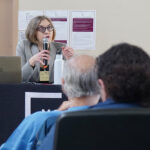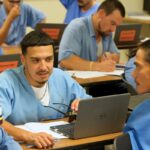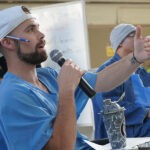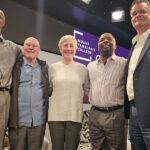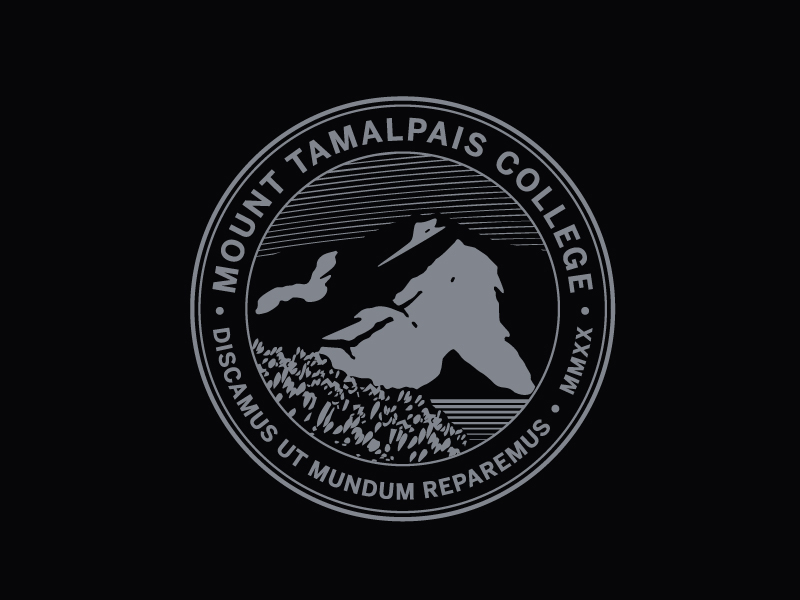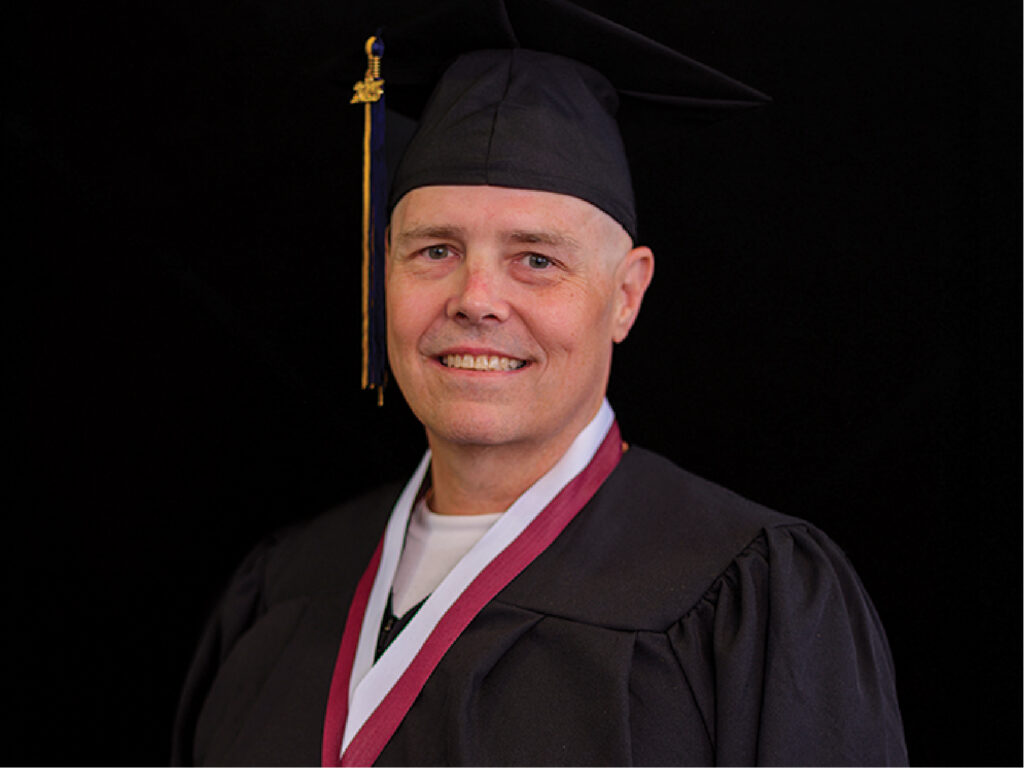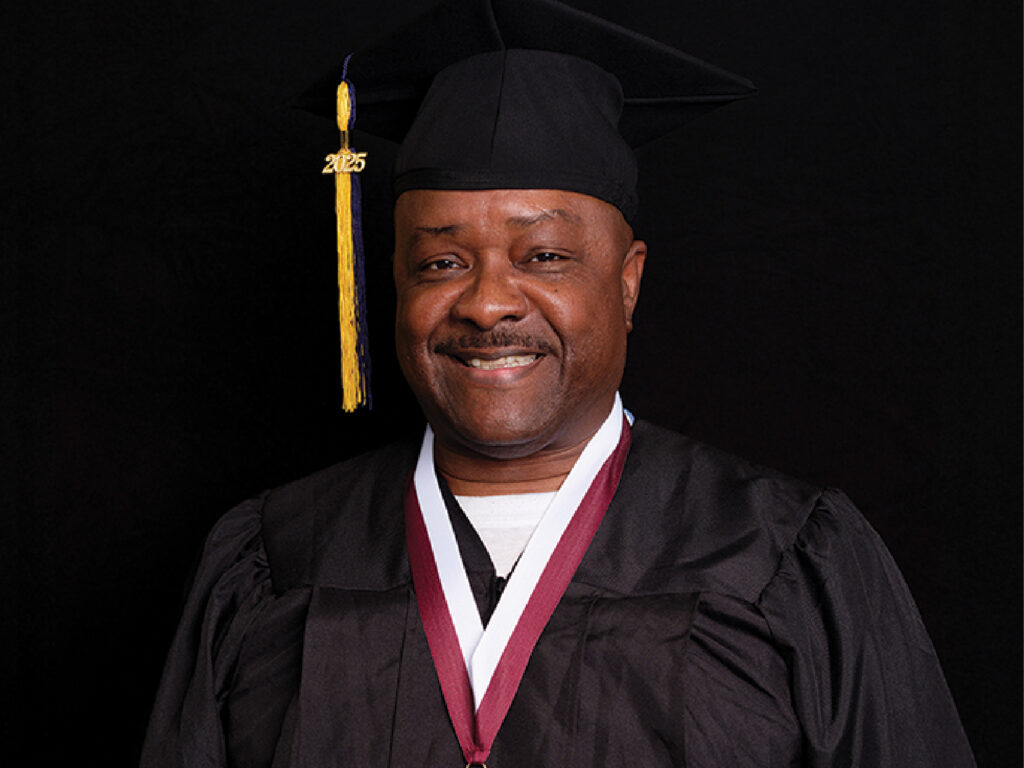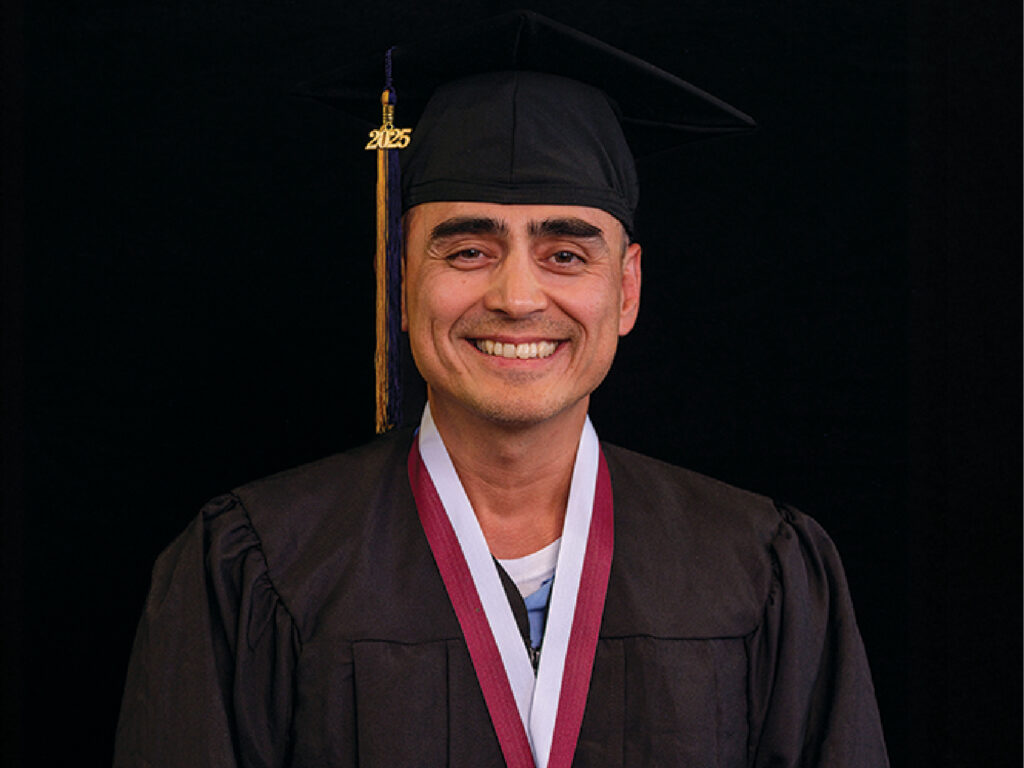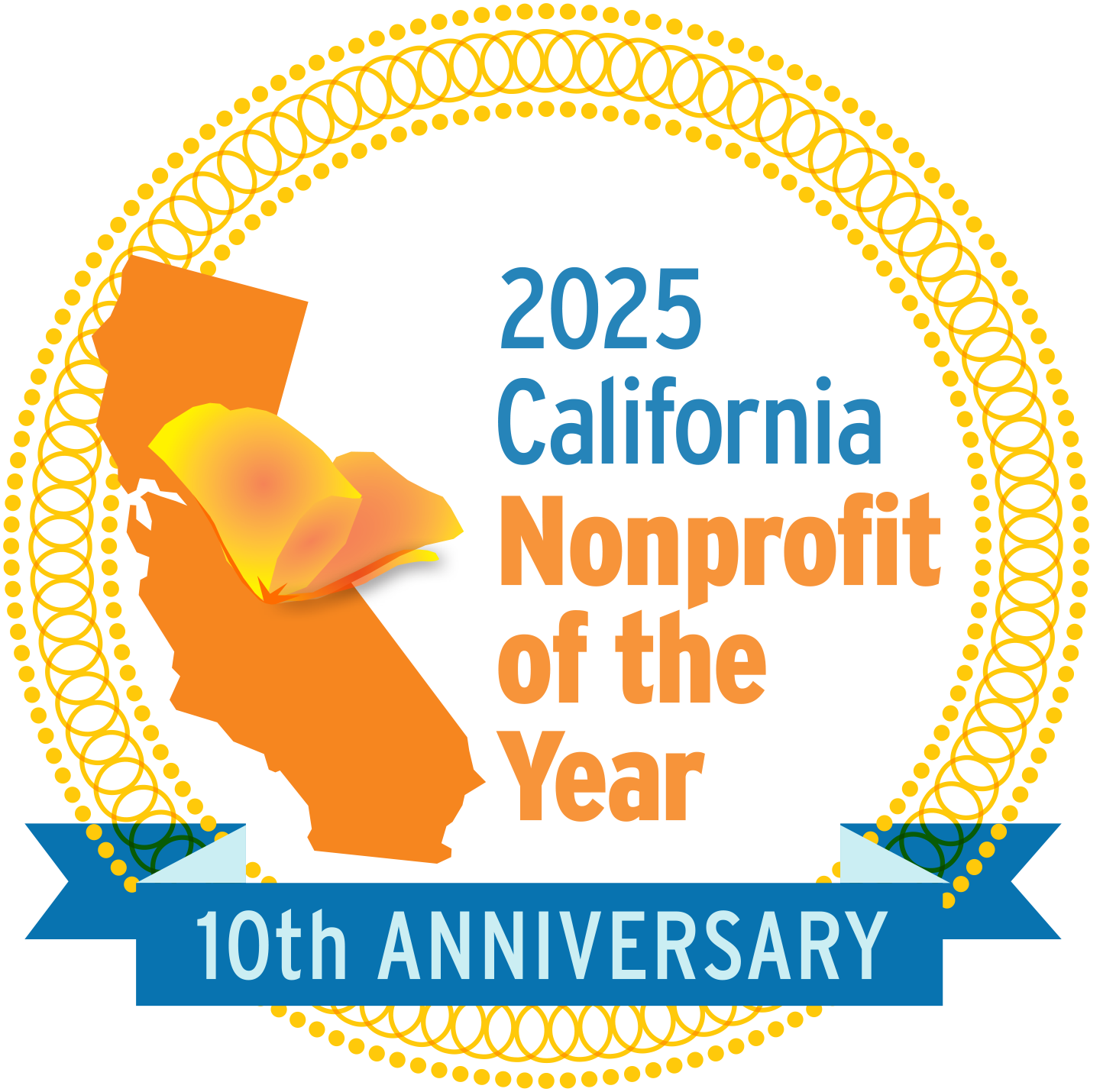In March 2020, the world seemed like it shut down. Shelter in place orders around the world confined citizens to their houses except for essential work or to get groceries. As prisoners, we did not think that our living conditions could get any worse and we were unsure how the shelter in place orders were going to affect us. All of our information about the outside world was coming from network television.
As people in the outside world began to get sick, so did people inside San Quentin. Prisoners began to get transferred from their cells to different parts of the prison in an attempt to spread us out. People deemed at “high risk” from COVID complications due to their advanced age were transferred to cells instead of dormitories, collectively known as H-unit, some prisoners were transferred to live in the prison gymnasium. The administration’s objective was to bring the population down in each housing unit without actually releasing people. This caused a whole avalanche of subsequent problems.
Our daily lives in H-unit changed drastically. None of us really knew what was going to happen from day to day, so we all just went along with what prison officials told us to do. We had to wear our masks twenty four hours a day. The only time we were allowed to not have our masks on were when we were sleeping, eating, or at our bunks. First we were given orange cloth masks, which were made by state prisoners, then we had patterned cloth masks which were donated to the prison, then we had n95 masks, then we had surgical masks. Policies and protocols were constantly changing. Our communication with other prisoners was limited. Everything we did was contained within our own housing unit. All movement by prisoners was restricted throughout the prison, even though correctional officers would regularly travel between housing units, acting as potential vectors for COVID.
As they started shifting the prisoners to different cells and different dorms, we started paying more and more attention to the news. We started seeing how more and more people were contracting this deadly disease outside of the prison walls. Hospitals were being overwhelmed and people were dying everywhere.
Prison officials were overwhelmed due to an outbreak at a prison in Southern California, and instead of releasing prisoners from that overcrowded prison, they transferred a busload of prisoners to our already overcrowded prison. With that bus, came COVID. Prisoners started catching the disease everywhere. It became so bad that it began to scare prisoners who hadn’t caught it yet, and it terrified the prisoners who already had it. Just hearing someone cough or sneeze caused anxiety for those in the vicinity. It’s not that we didn’t want to follow social distancing guidelines, but that we couldn’t. We were locked in an overcrowded, confined space. COVID 19 had finally landed front and center, the number one problem in the world had finally breached the walls of San Quentin.
Inmates here were being checked for healthy temperatures and oxygen levels several times a day. We were checked so often that it became tedious, yet we still had to succumb to the tests. We didn’t have a choice in the matter.
Like I said before, things were new to us. Even the way we ate. We did not even travel to the chow hall to eat. Instead, our food was brought to our building, but at one point, COVID was so widespread that the prison could not staff the kitchen which prepares our food. The administration compensated by giving us boxed lunches with crackers and bologna. It was so bad that after several days, we decided to protest. We refused to eat and threw our lunches in the middle of the common room. Once we started, all of the housing units were doing it and the conditions here made it on the local news. Before you knew it, we were getting catered food from the streets and it tasted pretty damn good. That lasted for a few weeks.
You want to hear something ironic? Here in San Quentin’s H-unit, a separate dormitory unit in San Quentin, COVID somehow never reached us, no prisoners living in the dormitories got sick even though virtually every prisoner living in cell housing contracted COVID. Matter of fact, it seemed like for over a year no one even sneezed or coughed here in H-unit. We were wondering when it was coming to H-unit. We weren’t wondering if we were going to get sick, but when we were going to get sick.
How could so many people get sick around the prison, but it never hit H-unit? It was almost like a miracle.
Here at San Quentin everybody was so scared when the nurses came around almost demanding that we be vaccinated against COVID-19. For several days, I wondered if I should take the shot. By this time there were so many people around San Quentin who had been sick that I felt I had to. The shot that I took was Moderna shot and for some reason I thought that was the only dose I was going to have to take. Two weeks later I had to take another one, which made me sore for almost a week. All in all I think it helped because I haven’t been sick since.
Two years later, the emergency in prisons is supposedly over. The big scare has died down, as society, both inside and outside of the prison, is faced with coexisting with this diseaseNow I sit here in San Quentin, and the administration is trying to put everything back together. Remember how they tried to disperse us? Well now they’re trying to bring the population back. Prison officials are trying to stuff more inmates into our already overcrowded prison just like it was before the pandemic.
Not only has COVID changed the prison system, but the whole world around it has changed too. Now people are asking how we survived COVID in prison. From an inmate’s perspective, how did COVID survive us?
I’m writing this to tell you that I am one of those inmates that never caught COVID, and I’ve never felt better in my life. It’s kind of ironic that I’ve been wearing a mask for over two years, but I must say that I haven’t been sick in over two years. So, I am a strong believer that the more you’re masked up, the more chances you have of avoiding this deadly disease.
